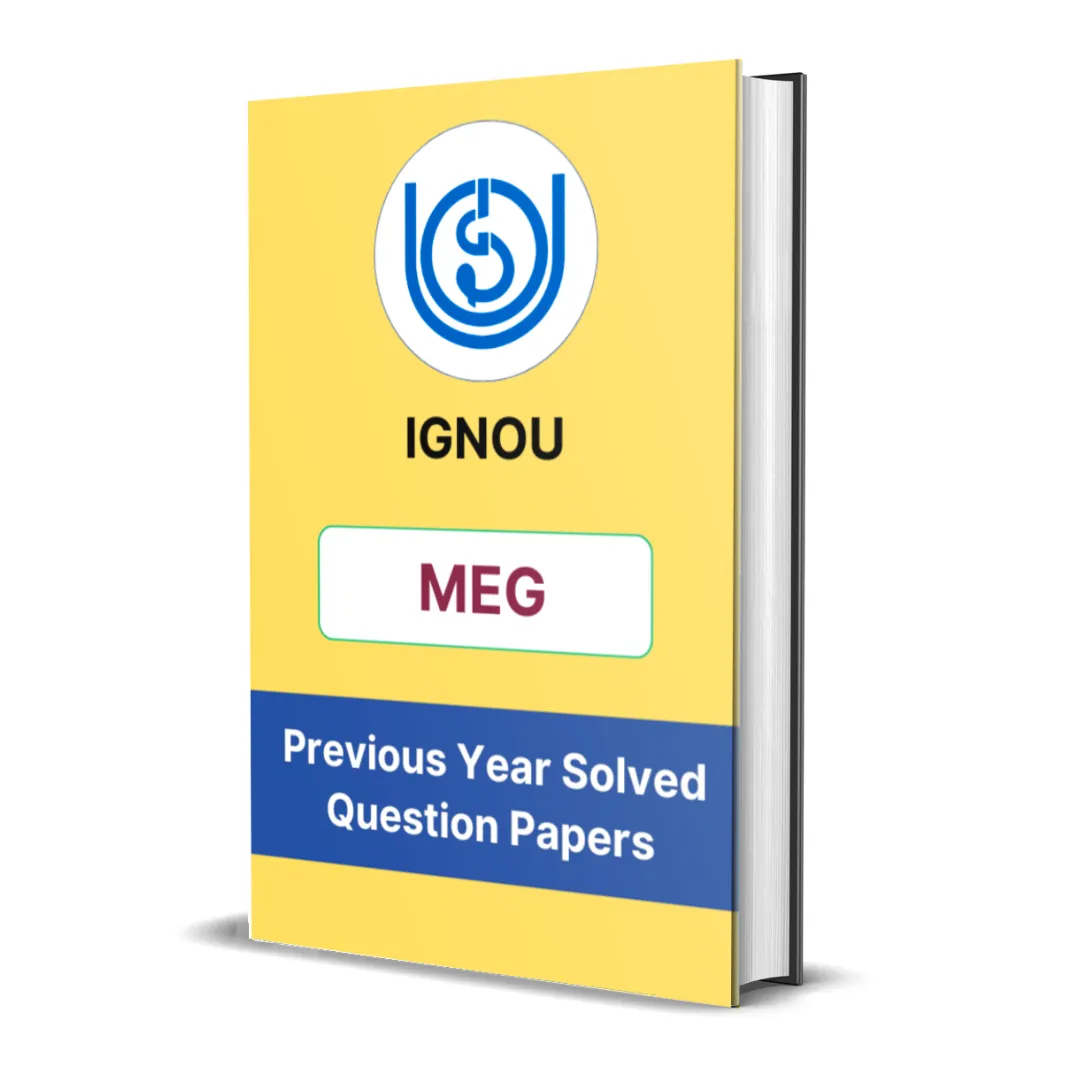Here you will get the detailed summary of IGNOU MEG 13 Block 1 – Theory, Culture and History of Dalits.
We have provided the summary of all units starting from unit 1 to unit 6.
Introduction
IGNOU MEG-13 Block 1 focuses on the theory, culture, and history of Dalits, offering a foundational understanding of the socio-political and cultural frameworks that shape Dalit literature and identity. It traces the historical marginalization of Dalits and their efforts to resist, reclaim, and redefine their existence through various cultural and literary forms. Through six structured units, the block introduces students to the development of Dalit discourse, the formation of a distinct literary canon, the assertion of identity, and the diversity of voices that enrich and complicate our understanding of Dalit experience.
Unit 1 – Historical Background
This unit outlines the historical trajectory of Dalit oppression and the social structures that have enforced untouchability and caste-based exclusion for centuries. It begins with the ideological origins of caste in Hindu religious texts, particularly the Manusmriti, which codified the varna system. The unit highlights how Dalits, formerly referred to as ‘untouchables,’ were denied access to education, land, temples, and other basic human rights.
A significant portion of the unit focuses on the colonial and post-colonial periods, during which British policies exposed the contradictions of caste while also reinforcing divisions through census classifications. The emergence of Dr. B.R. Ambedkar as a radical social reformer marked a turning point, as he advocated for the annihilation of caste and constitutional safeguards for Dalits. Post-independence developments, such as reservation policies and the Dalit Panther movement of the 1970s, are also examined as pivotal moments in the politicization and mobilization of Dalit identity.
Unit 2 – Dalit Canon
The second unit introduces the concept of the Dalit literary canon, a body of literature that centers the experiences, voices, and resistance of Dalits. Unlike mainstream Indian literature, which often marginalizes or stereotypes Dalit characters, the Dalit canon is defined by authenticity, lived reality, and a direct challenge to upper-caste dominance in literature. The unit explains how the Dalit canon emerged in response to both social oppression and literary exclusion, beginning with powerful autobiographical and poetic works in regional languages, particularly Marathi.
The Dalit canon is not static but evolving, encompassing genres like autobiography, poetry, fiction, drama, and essay. It includes writers such as Baburao Bagul, Daya Pawar, Namdeo Dhasal, Omprakash Valmiki, and Bama, who not only speak from the margins but redefine the literary center itself. The unit stresses that this canon is not just literary but deeply political, rooted in the Ambedkarite ideology of justice, equality, and human dignity.
Unit 3 – Dalit Discourse
This unit delves into Dalit discourse as a form of resistance and ideological struggle. Dalit discourse is defined as a counter-narrative to Brahminical and casteist structures of knowledge and representation. It confronts centuries of exclusion, challenging dominant literary aesthetics and replacing them with forms grounded in anger, assertion, and truth-telling.
The discourse often employs direct, unornamented language and relies on personal experience to convey systemic violence. It is political in nature, motivated by a desire not only to express pain but to transform society. The unit also notes how Dalit discourse extends beyond literature into academic, journalistic, and activist spaces, forming a broader intellectual movement. While rooted in caste critique, it intersects with concerns about class, gender, religion, and region, making it a dynamic and inclusive body of thought.
Unit 4 – Dalit Identity and Culture
Here, the focus shifts to the cultural expressions and identity formations of Dalit communities. Dalit identity is not homogeneous; it is shaped by historical injustices, regional experiences, and contemporary social movements. This unit explores how Dalit communities have historically been excluded from mainstream cultural narratives, and how they have created their own traditions through oral history, folk songs, festivals, food practices, and dress.
An important aspect of Dalit culture is its ability to reclaim and reinterpret religious and historical symbols. Figures such as Kabir, Ravidas, and Ambedkar are revered not only as saints or leaders but as cultural icons who challenge spiritual and social hierarchies. The unit emphasizes that Dalit culture is not defined by victimhood but by resilience, creativity, and self-expression, often emerging in defiance of centuries-old stigmas.
Unit 5 – Dalit Viewpoints and Voices – I
This unit presents key literary voices that articulate the diversity within the Dalit experience. Many of these voices emerge through autobiographical writing, where personal suffering becomes a tool for political resistance. Texts such as Omprakash Valmiki’s Joothan or Shantabai Kamble’s The Prisons We Broke exemplify this genre, offering insights into not just personal pain, but the structural mechanisms of caste oppression.
The unit acknowledges regional differences in the articulation of Dalit identity, with various linguistic traditions (Marathi, Tamil, Hindi, Telugu, etc.) shaping how Dalit realities are narrated. It also introduces readers to the stylistic and thematic features of Dalit writing—its urgency, truthfulness, and refusal to romanticize suffering.
Unit 6 – Dalit Viewpoints and Voices – II
Continuing from the previous unit, this section expands the canvas to include women, religious minorities, and younger writers whose perspectives enrich the Dalit narrative. Dalit women’s writing is particularly powerful as it addresses the intersection of caste and gender, revealing how patriarchal structures within Dalit communities can mirror the oppressions of the dominant castes.
Writers like Bama (Tamil) and Urmila Pawar (Marathi) give voice to struggles that are at once deeply personal and widely political. This unit also addresses contemporary themes like urban migration, education, unemployment, reservation backlash, communalism, and the emerging digital Dalit voices that use social media to speak truth to power.

